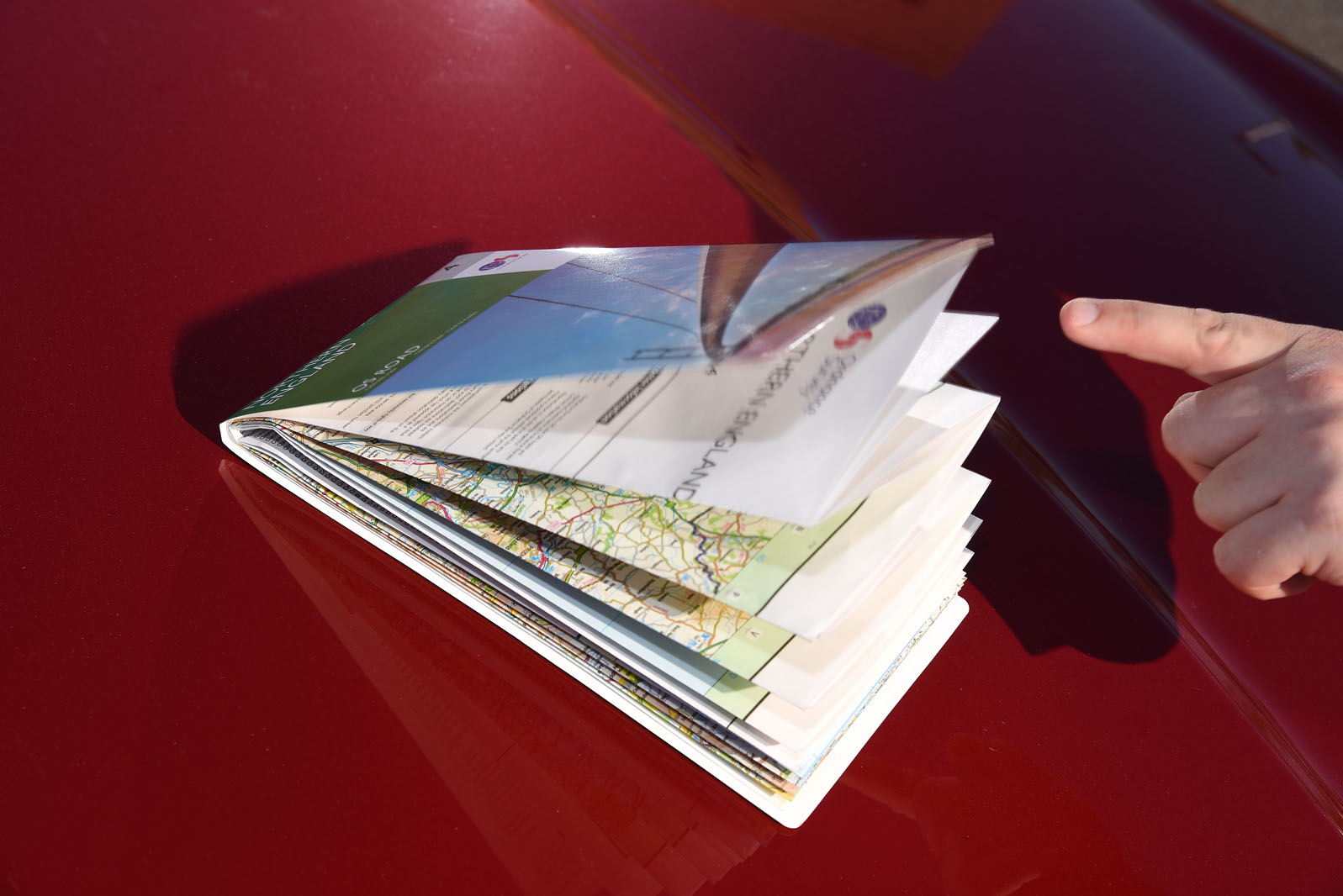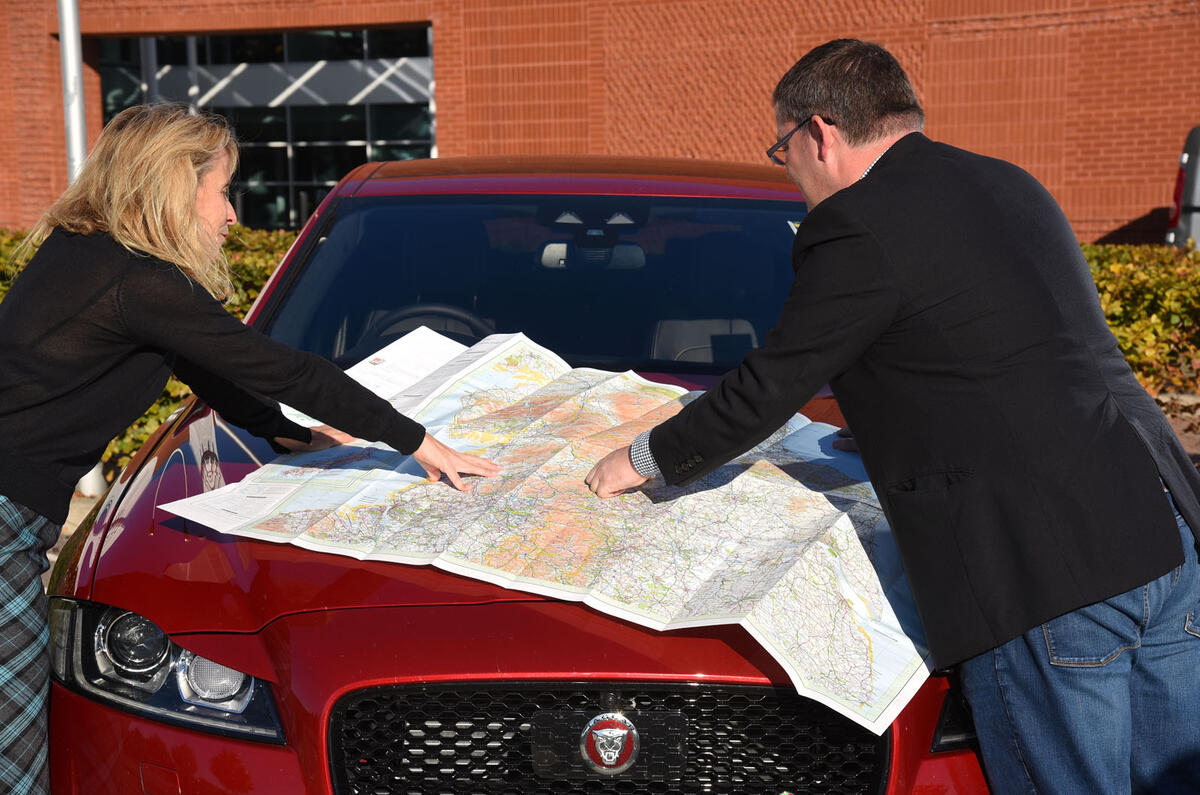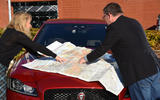In 2009, Ordnance Survey killed off its OS Road maps, a series of eight glovebox-friendly, 1:250,000-scale maps designed to help motorists plot a course around Britain.
It seemed like a natural progression. The maps harked back to halcyon days when the motor car and an improving road network liberated the population, but as satellite navigation became ubiquitous in family cars and online digital mapping services and smart phones developed, there was deemed to be less of a need to wrestle with old-fangled paper equivalents and their tricky folds.
Now, though, the OS Road series has been reintroduced due to customer demand. It would appear that many motorists want a bit more than a computerised voice barking route instructions at them. They want to plan in advance, to see their surroundings in context and to have a failsafe in case their digitised mapping options lets them down.
“When the Road series was withdrawn in 2009, there was a business case for them being withdrawn; it wasn’t just done on a whim,” says Amanda Barr, product manager at OS. “The reason we looked at it again is that it became evident that sheet map sales had stopped declining and had been pretty static over the past three years. We asked our key retailers and carried out customer research and they felt there was still a need for these products.”

Barr says the maps are intended to be complementary to digital systems: “What we are seeing is they are used for planning when people are at home, so you can get the context of a journey. And they are for the times when you are lost and the sat-nav isn't helping. The map in the glovebox gives you that extra security.”
The new maps – like all OS paper products derived from the agency’s powerful digital data sets – have been tweaked to take into account the sort of information motorists can easily find online. For example, the series previously used lollipop markers as a system for showing the distances between towns. “We’ve taken those away because if people want mileage, it’s easy to do that online rather than plan it on a map,” says Barr. Instead, new features have been added. For the first time, the maps will show designated beaches and National Parks visitor centres. “We’re very much about encouraging people to go outside and enjoy themselves,” Barr adds.





































Join the debate
Add your comment
I've always had a good supply
Maps
SatNav is great, but...
josen100x wrote:
www. streetmap. co. uk is a very useful site, presenting OS maps in a variety of scales. I use it often.